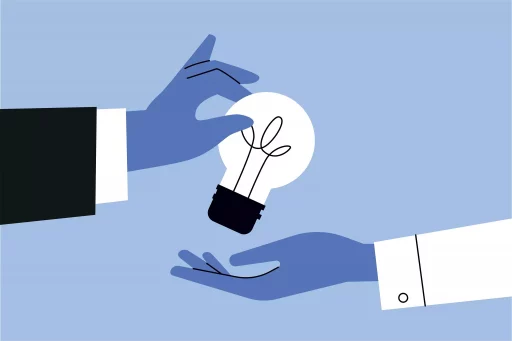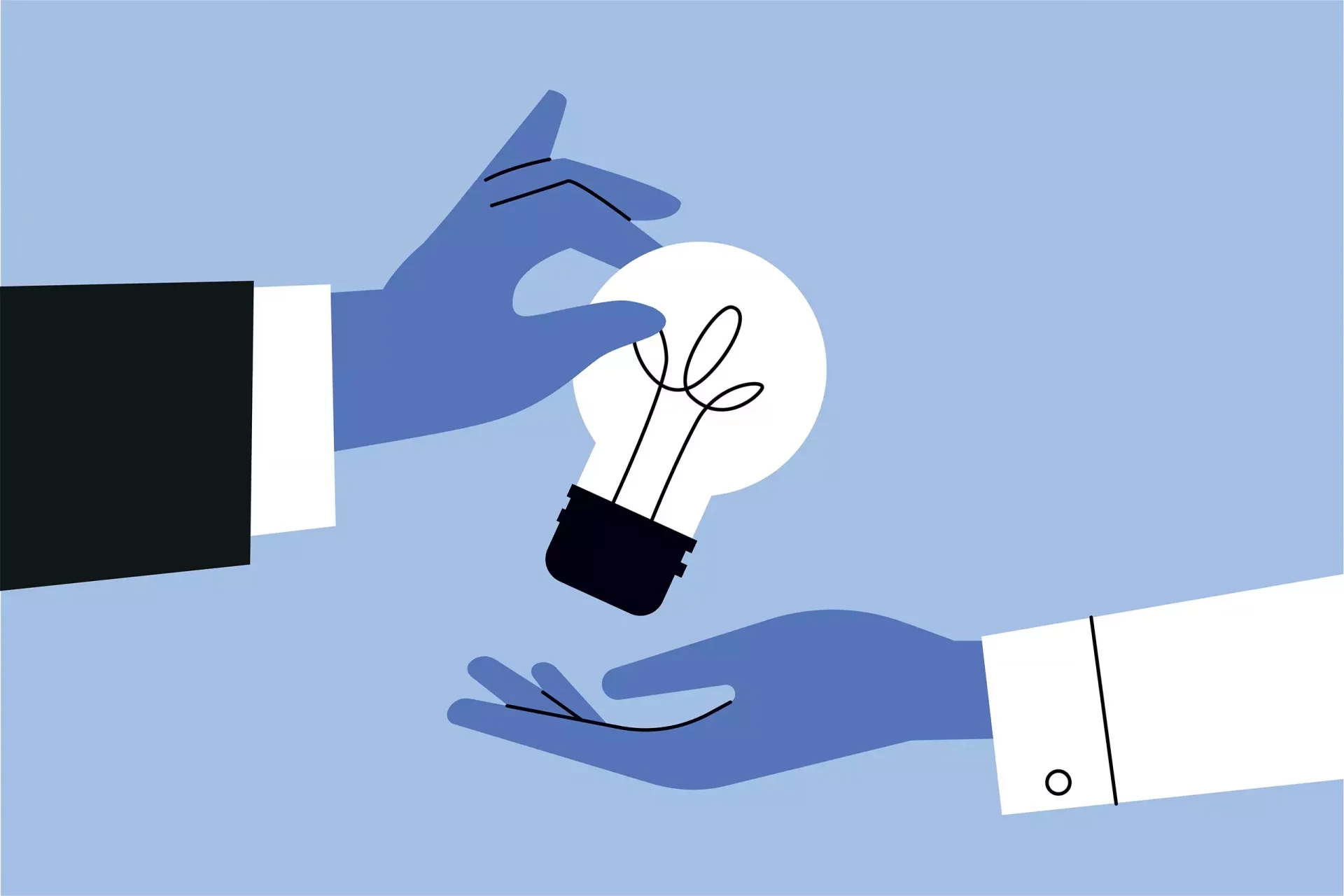Introduction
Throughout history, humanity has grappled with the inevitability of death. Various cultures have created unique perspectives on mortality, often personifying death as a deity. A famous line from the television show ‘Game of Thrones’ encapsulates a common sentiment: “What do we say to the god of death? Not today.” This article explores various perspectives on death and how different cultures respond to this universal certainty.
The Personification of Death Across Cultures
Many cultures personify death in various ways, often depicting it as a figure that can be reasoned with, feared, or even befriended. Here are some notable examples:
- Thanatos in Ancient Greece: The Greek personification of death, Thanatos, was often depicted as a gentle guide to the underworld.
- Hel in Norse Mythology: The goddess Hel ruled over the realm of the same name, where those who did not die in battle were taken.
- Yama in Hinduism: The god of death, Yama, plays an essential role in the cycle of life and death, emphasizing the concept of reincarnation.
Fear and Acceptance: The Dual Responses to Death
Responses to death can be divided into two primary themes: fear and acceptance. Many people approach death with fear, feeling anxiety about the unknown. A survey from the Gallup Organization found that approximately 20% of Americans are afraid of dying, indicating the depth of this concern.
However, other individuals and cultures emphasize acceptance and understanding. Acceptance is often observed in those who have encountered near-death experiences or worked in fields that regularly confront mortality, such as healthcare.
Case Studies: Stories of Individuals Confronting Death
To better understand the varied responses to death, consider these case studies:
- The Garden State: In New Jersey, a hospice program named Pathways to Peace helps terminal patients reflect on their lives and emotions, actively engaging them in conversations about death. Many report feeling a sense of peace and closure.
- Death Cafés: A growing movement in the U.S. and beyond, Death Cafés provide a safe space for individuals to discuss death openly. Research shows that participants often leave feeling lighter and more prepared for the topic.
- Life Review Therapy: This therapeutic approach helps individuals recount their life stories, providing a sense of resolution and fulfillment. Studies suggest that engaging in life review can ease anxiety about death.
Statistical Insights on Death and Dying
Understanding the statistics around death can also illuminate societal attitudes toward it. Consider the following:
- According to the World Health Organization (WHO), approximately 55 million people die each year globally.
- Astudy by the National Funeral Directors Association found that 62% of Americans prefer discussing death in a group rather than in private.
- Research from the Pew Research Center indicates that 37% of Americans believe in an afterlife, which reflects varying beliefs about death’s finality.
The Psychological Aspect: How to Prepare for Death
Many mental health professionals emphasize the importance of preparing for one’s own death and the deaths of loved ones. Here are some strategies:
- Open Communication: Discussing end-of-life wishes with family and friends can help alleviate anxiety and foster connections.
- Advanced Directives: Creating a living will can help ensure that your wishes regarding medical treatment are honored.
- Mindfulness Practices: Engaging in mindfulness or meditation can cultivate acceptance and reduce fear surrounding mortality.
Conclusion: Not Today?
Your response to the question, “What do we say to the god of death?” hinges on your beliefs, experiences, and cultural background. Whether you choose acceptance, fear, or a bit of both, it’s essential to reflect on mortality’s role in life. As we navigate discussions about death, perhaps the most fitting response is not to recoil in fear or silence—but to embrace life fully, understanding that each moment is a precious gift.




